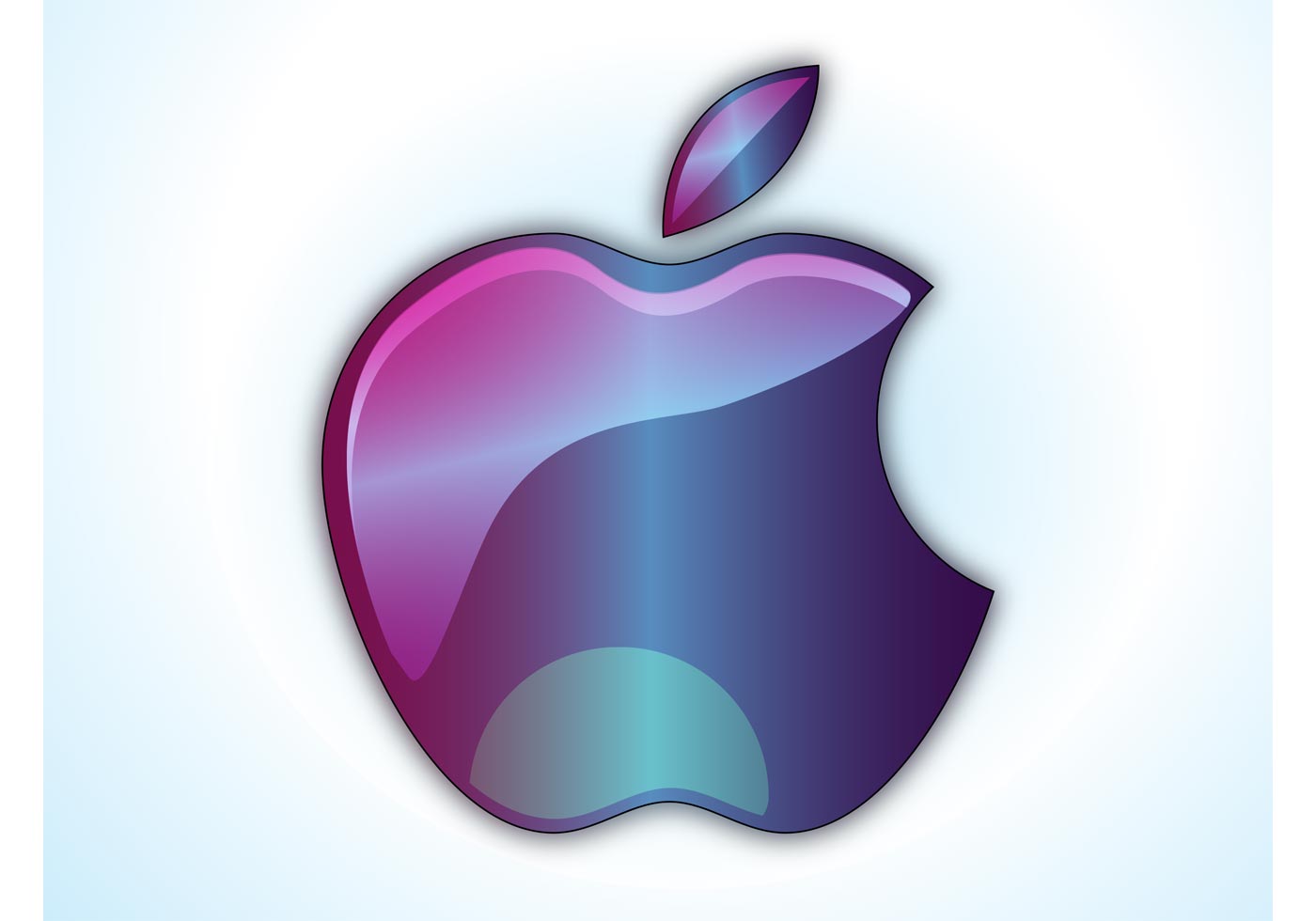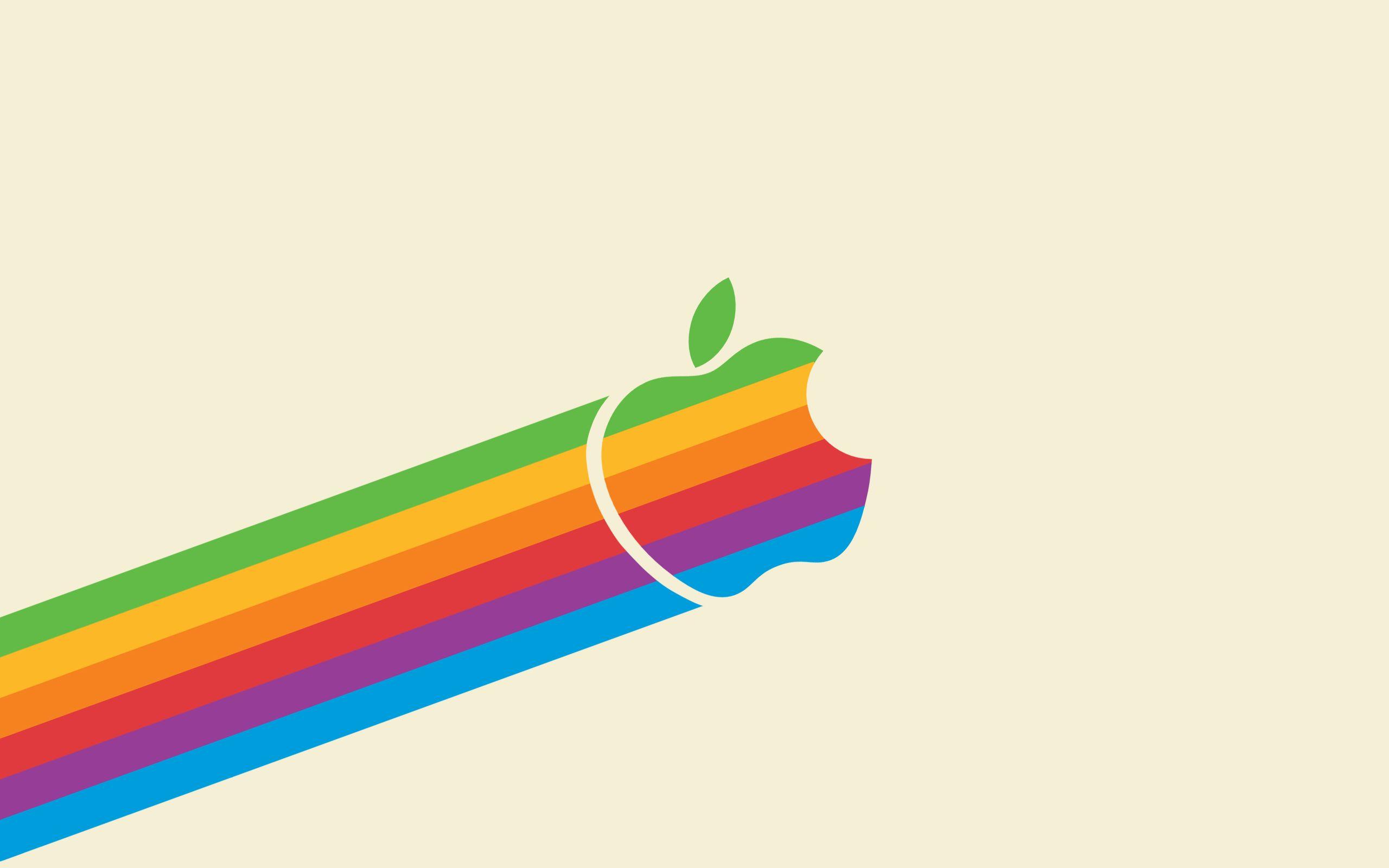

It was the most satisfying day of my life I demonstrated Breakout-totally written in BASIC.

Wozniak said in 1984: "Basically, all the game features were put in just so I could show off the game I was familiar with- Breakout-at the Homebrew Computer Club.
APPLE COLOR LOGO SOFTWARE
This included his design of color graphics circuitry, the addition of game paddle support and sound, and graphics commands in Integer BASIC, with which he wrote Brick Out, a software clone of his own hardware game.

Ĭertain aspects of the system's design were influenced by Atari's arcade video game Breakout (1976), which was designed by Wozniak, who said: "A lot of features of the Apple II went in because I had designed Breakout for Atari. Perhaps most significantly, the Apple II was a catalyst for personal computers across many industries it opened the doors to software marketed at consumers. To reflect the computer's color graphics capability, the Apple logo on the casing had rainbow stripes, which remained a part of Apple's corporate logo until early 1998. The original retail price of the computer with 4 KiB of RAM was US$1,298 (equivalent to $5,804 in 2021) and US$2,638 (equivalent to $11,796 in 2021) with the maximum 48 KB of RAM.
APPLE COLOR LOGO TV
The video controller displayed 24 lines by 40 columns of monochrome, uppercase-only text on the screen (the original character set matches ASCII characters 20 h to 5F h), with NTSC composite video output suitable for display on a TV monitor or on a regular TV set (by way of a separate RF modulator). The first computers went on sale on J with an MOS Technology 6502 microprocessor running at 1.022 MHz ( 2⁄ 7 of the NTSC color carrier), two game paddles (bundled until 1980, when they were found to violate FCC regulations), 4 KiB of RAM, an audio cassette interface for loading programs and storing data, and the Integer BASIC programming language built into ROMs. The earliest Apple II computers were assembled in Silicon Valley and later in Texas printed circuit boards were manufactured in Ireland and Singapore. History īy 1976, Steve Jobs had convinced product designer Jerry Manock (who had formerly worked at Hewlett Packard designing calculators) to create the "shell" for the Apple II-a smooth case inspired by kitchen appliances that concealed the internal mechanics. Production of the last available model, Apple IIe, ceased in November 1993. The Apple II is the first model in the Apple II series, followed by Apple II+, Apple IIe, Apple IIc, and the 16-bit Apple IIGS-all of which remained compatible. As the Apple II had the defining feature of being able to display color graphics, the Apple logo was redesigned to have a spectrum of colors. The three computers that Byte Magazine referred to as the "1977 Trinity" of home computing: Commodore PET 2001, Apple II, and TRS-80 Model Iīyte magazine referred to the Apple II, Commodore PET 2001, and TRS-80 as the "1977 Trinity".
APPLE COLOR LOGO SERIAL
Parallel port card (Apple and third party) Serial port card (Apple and third party) SCSI Apple II in a common 1977 configuration, with a 9" monochrome monitor, game paddles, and a Red Book-recommended Panasonic RQ-309DS cassette deckĤ, 8, 12, 16, 20, 24, 32, 36, 48, or 64 KiBġ-bit cassette input (built-in microphone jack)ġ-bit cassette output (built-in headphone jack)


 0 kommentar(er)
0 kommentar(er)
